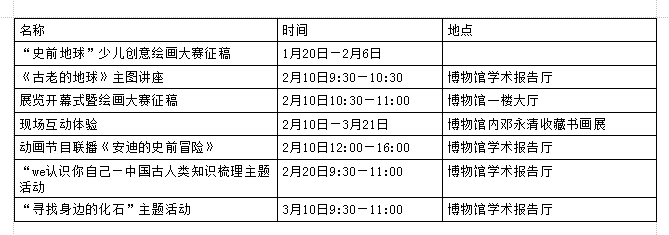

Xuzhou Han Culture Academic
Submit
【XU BO】Maximum daily capacity: 10,000 person-times Instantaneous capacity: 2,500 person-times
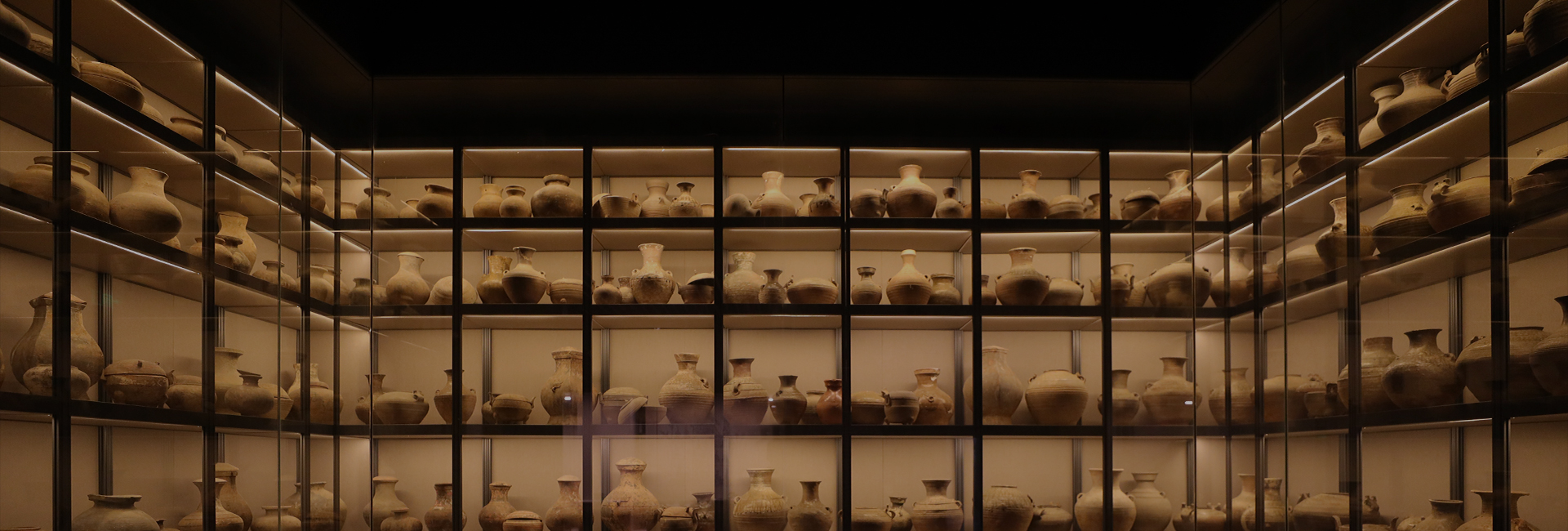
◇ Exhibition time:February 10, 2018 to March 21, 2018 (9:00-16:30)
◇ Exhibition venue:Deng Yongqing calligraphy and painting Museum, the first floor of Xuzhou Museum
Opening time
10:30 am, February 10, 2018
Place of exhibition
Deng Yongqing collection of painting and calligraphy on the first floor of Xuzhou Museum
Ticket price
10 yuan
Preferential policies
Servicemen, disabled people and the elderly (over 60 years old) are free of charge
Free for students under 1.4m (must be accompanied by at least one adult)
Host
Xuzhou Museum
Shanghai Liaoxi paleontological fossil Science Museum
Support unit
Xuzhou culture and art kindergarten
Xuzhou Han Dance Culture Development Co., Ltd
Xuzhou Young Artists Association
Product issued by: Li Xiaojun
Exhibition coordinator: Yuan Feng
Curator: Yue Kai, Wu Jiaxuan
Social education: Du Yihua, Dong Xinhui
Cultural innovation R & D: Zhao Yong, Shan Tianyi, Tong Runxue
Promotion: Miao Hua, Xie Yanwen
Exhibition design: Yu Ming, Hao Lirong, Yu Daomei
Introduction
The fossil group of Liaoxi has created six "world's most" in the history of world paleontology research, that is, the earliest age, the most bird fossils, the most genera and species, the largest density, the most bird bearing fossil layers (6 layers in total), and the widest unknown field (containing more than one kilometer of terrestrial strata). Among them, the most famous one is Zhangheotherium's skeleton, the best preserved early mammal in the world, the first "flower" on the earth, the discovery of the angiosperm "Liaoning ancient fruit" 145 million years ago (Late Jurassic) rewrites the origin history of angiosperms; there are the first batch of animal fossils in the world that transited from "dinosaur" to "bird" - sinosaurus, primitive ancestor bird and tail feather bird. There are the most complete early frogs, which are at least 120 million years old.
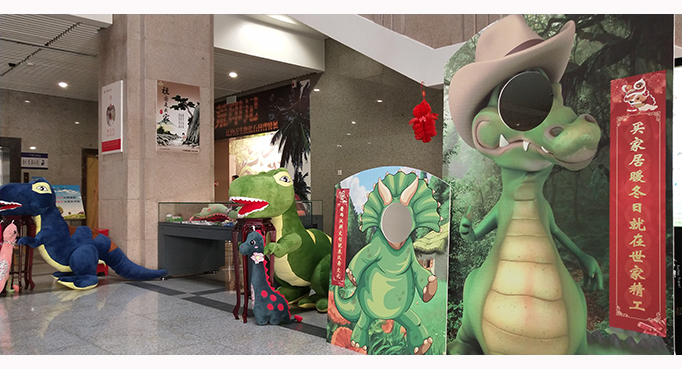
Plant Class

Angiosperms are the most important plant fossils found in Liaoxi. Angiosperms are the dominant plant groups in modern vegetation. Their rise and prosperity are of great significance to the evolution of the whole biological community, including the emergence of human beings. Among them, the age of Liaoning ancient fruit is considered to be 145 million years, known as the earliest flower in the world. The discovery of a angiosperm fossil in Liaoxi not only greatly advances the origin of angiosperms, but also provides a new way for people to explore the genealogy, evolution trend of angiosperms and the relationship between angiosperms and other seed plants.
Insecta
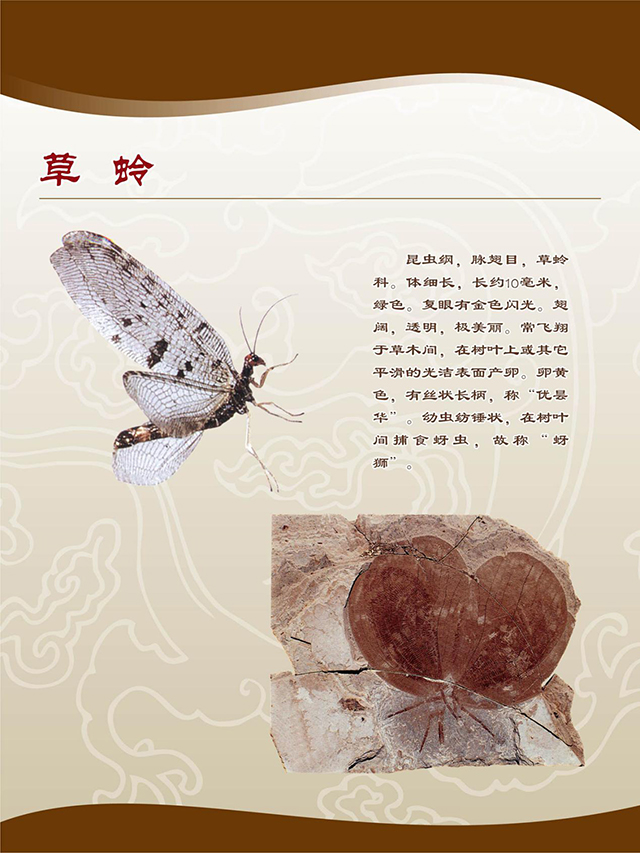
Insects belong to the class Insecta, which belongs to the arthropod family. Therefore, insects have the common characteristics of arthropods. The body is segmented, which is composed of a series of body segments. The whole body is made up of exoskeleton containing chitin. Some body segments have pairs of segmented appendages. The name "arthropod" comes from this.
Pisces
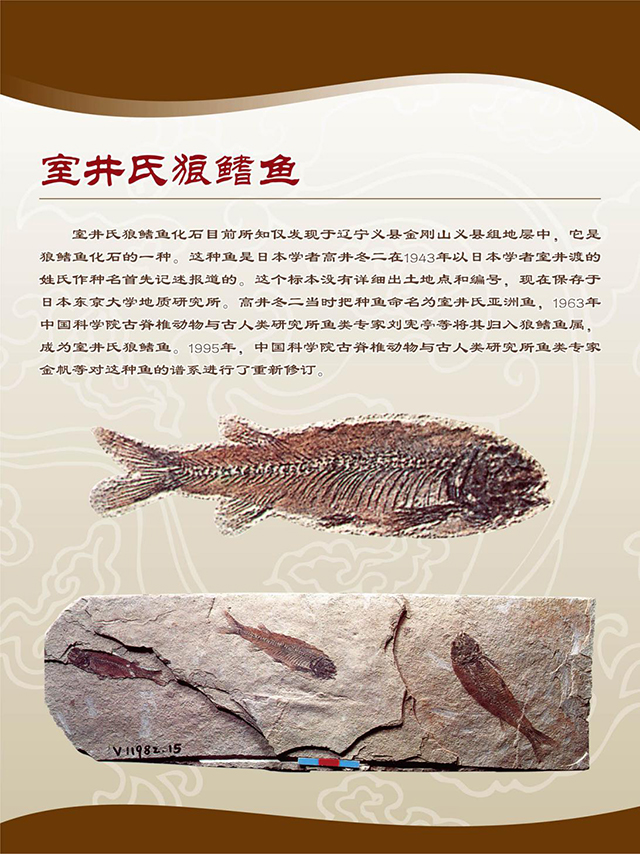
Fish appeared earlier than reptiles and mammals, and live fish fossils are more precious. From the perspective of leopard, human beings have the opportunity to explore the reality of the earth hundreds of millions of years ago or even further. In the early Cenozoic, protozoa adapted to a large number of radiation groups, such as toes, rodents, whales and primates. The fish fossils displayed in this exhibition include Chinese sturgeon, longhead Jinan fish, Dai's wolf fin fish, Yixian wolf fin fish, Shijing wolf fin fish, Liu's original white sturgeon, Pan's Beipiao sturgeon, Chinese wolf fin fish, Chinese bow fin fish, long back fin swallow sturgeon, strange ring foot shrimp and fish group.
Reptilia
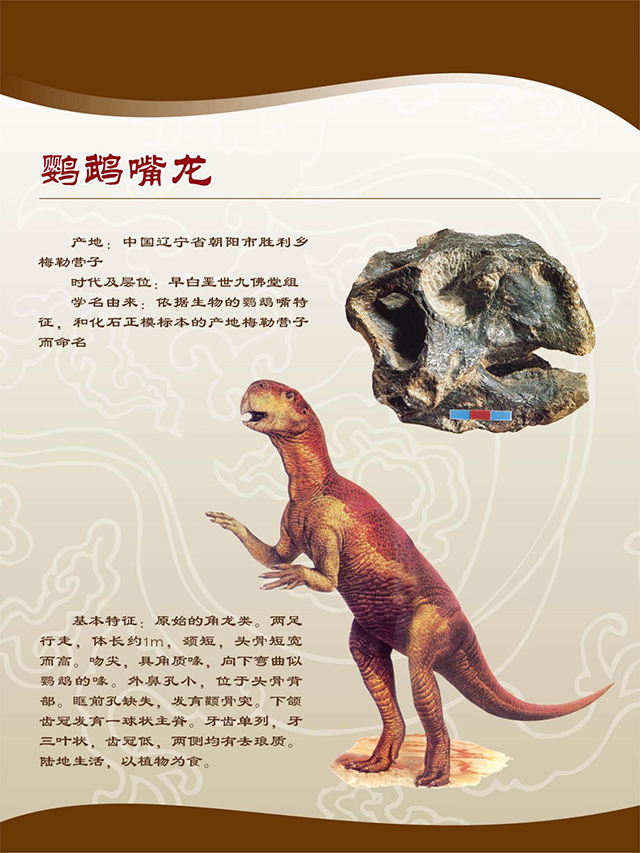
Reptiles appeared in the Late Carboniferous. In the Permian, it developed into two major branches: one is the lower pore, including Panlong and zoopore, and eventually evolved into mammal; the other is lizard, including nonporous, biporous, Diaolong and ichthyosaurs. Birds evolved from primates.
Aves
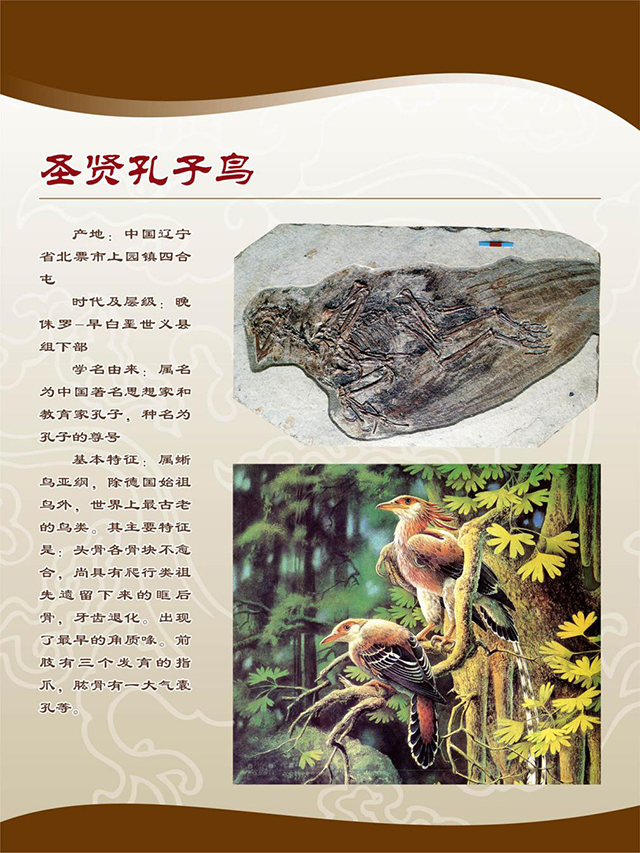
Bird fossils are the most attractive in the Jehol biota. Up to now, thousands of bird fossils have been unearthed in Chaoyang. According to experts' identification, most of them belong to 16 genera and 20 species of Mesozoic bird fossils in Liaoxi. Among them, the bird fossils named Confucius bird have attracted great attention from all walks of life at home and abroad. The bird fossils produced in Chaoyang provide rare evidence for the study of the physiological habits of early birds and other organisms and the restoration of the paleoenvironment, creating the first of six worlds, i.e. the earliest age, the most bird fossils, the most genera and species, the largest density, the most birdlike lithosphere, and the widest unknown field. The world's first group of dinosaurs found to have "feathers": the Chinese Dragon Bird, the unexpected Beipiao dragon, the primitive ancestor bird and the tail feather bird; the earliest group of bird fossils: the Confucius bird, the petite Liaoxi bird, the Liaoning bird, the Chaoyang bird and other early bird fossils were discovered, which broke the situation that the Archaeopteryx unified the sky, proving that Liaoxi, about 140-120 million years ago, was the day of bird evolution and life Tong.
Conclusion
